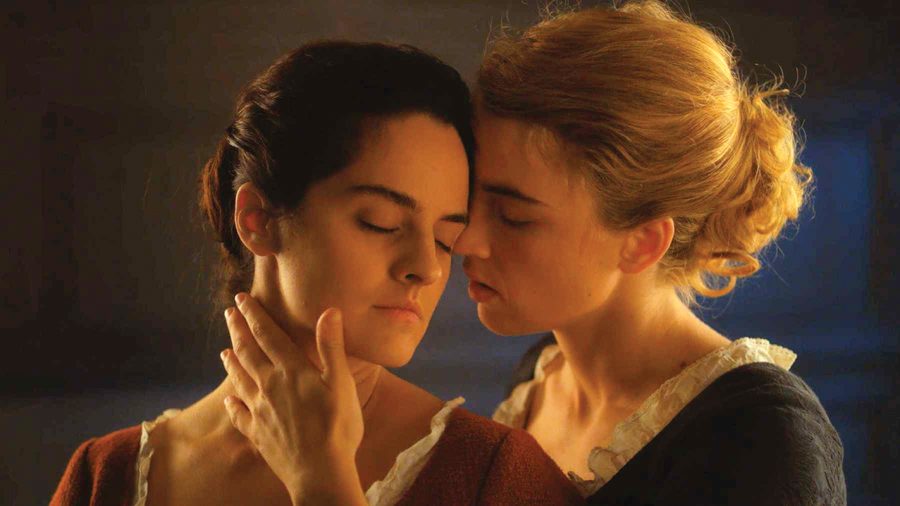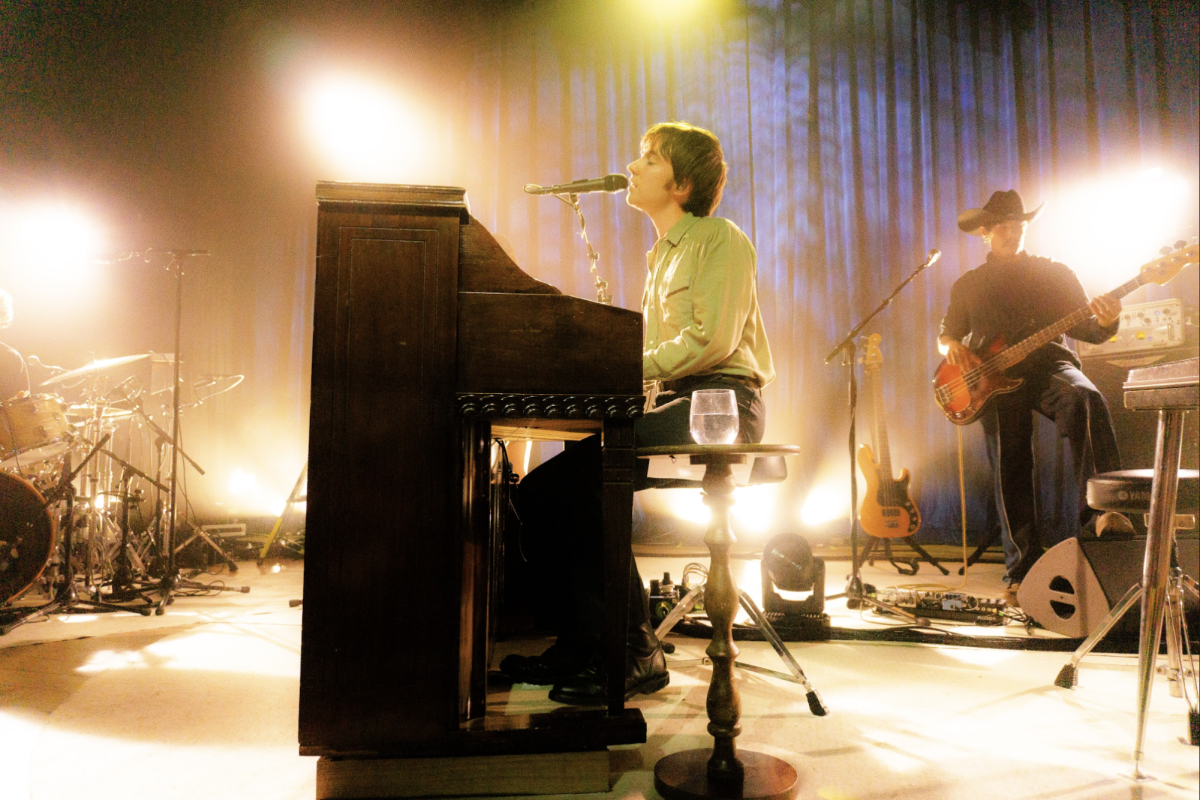A powerfully rich portrayal of women and art, “Portrait of a Lady on Fire” is a truly remarkable masterpiece.
It is rare to experience a film that achieves a perfect balance between beauty, emotion, and intellect, however, historical drama “Portrait of a Lady on Fire” effortly accomplishes this feat. Director Céline Sciamma deftly suffuses her characters with real depth, encouraging her audience not only to watch, but to understand. What begins as a simple premise expands into something profoundly thought-provoking, and yet the film never feels stuffy or heavy-handed. Awarded both the award for best screenplay and the “Queer Palm” at the Cannes Film Festival of 2019, “Portrait of a Lady on Fire” is a beautiful and stirring representation of the lives of women.
“Portrait of a Lady on Fire” takes place on an island in Brittany. The film opens at the end of the 18th century, as skilled artist Marianne (Noémie Merlant) remembers a deeply personal memory after seeing one of her paintings. Years ago, Marianne was hired by a countess to paint a portrait of her soon-to-be-married daughter, Héloïse (Adèle Haenel). However, Héloïse refuses to pose for a portrait since she does not want to marry a stranger, forcing Marianne to paint her without her knowledge or consent. Disguised as a companion for her morning strolls, Marianne comes to befriend and understand Héloïse, while attempting to capture her likeness without her knowledge. When the portrait is complete, Marianne insists on revealing the painting to Héloïse first, who is disappointed in the lack of resemblance between the painting and herself. Unsatisfied, Marianne destroys the painting before Héloïse’s mother can see it, and begins again.
When Marianne starts the next portrait, Héloïse consents to pose for her. During this time, Héloïse’s mother leaves for Italy, leaving the two women alone with Sophie, the household maid. Now liberated, the women are free to talk, read, draw, and play cards with one another, and they develop a strong bond. The two care for Sophie as she experiences a painful ordeal and learn about one another as Marianne paints Héloïse’s portrait. As they spend more and more time with each other, they become very close and eventually fall deeply in love.
The most striking undercurrent of “Portrait of a Lady on Fire” is the connection between women and art. In this film, women, like art, are objectified and commodified. Even in a film nearly devoid of men, Marianne and Héloïse remain subject to the demands of a patriarchal, heteronormative world that discourages the natural expressions of women. The film’s camera angles portray women and their surroundings as tableus, making them art subjects. However, the bond between Marianne and Héloïse is strengthened through art forms such as painting, music, embroidery, and reading, rendering them as artists. As such, the film constantly reaffirms the importance of consent in both the creation of art and the understanding of women. At the turn of the film, Marianne is frustrated that Héloïse dislikes her first portrait. According to Marianne, the portrait will represent Héloïse so long as Marianne follows the strict rules of painting. But Héloïse argues that in order to accurately and fully portray her, Marianne must first know her as a person.
The film seeks to confront the objectification of women’s bodies in an effort to challenge the confines of classical high art. Instead of portraying a woman’s body as the site of eroticism and male ownership, it becomes the site of sapphic tenderness and womanhood. The women in this film have body hair and menstruate. Scenes of nudity are deliberately made mundane and casual to emphasize the lack of inherent sexuality of naked women. Marianne and Héloïse are not exposed for the sake of the audience, but rather their own convenience, comfort, and desire. Refreshingly, they enter a sanctuary of female jurisdiction that permits them to exceed external and societal boundaries that prevent them from physical activity and enjoyment. As a result, the audience is privileged to see the lives of the women change, which in turn, transforms Marianne’s work. In the second half of the movie, Marianne’s most beautiful works of art are those that receive willing and active consent from Héloïse, as the women struggle to create beauty in an impossibly painful situation.
“Portrait of a Lady on Fire” is a memorable and moving portrayal of women, art, and sapphic love that is as visually appealing as it is intellectually engaging. With gorgeous and refined cinematography and a nuanced, symbolic use of lighting, it is one of the most lovely films as of late. From this beauty emerges an important expression of women’s frustration as they struggle for agency in a world that offers none.
Grade: A+
Release Date: December 16, 2019
Starring: Noémie Merlant, Adèle Haenel, Luàna Bajrami
Director: Céline Sciamma
Rated: R
Image courtesy of Metro Weekly.














